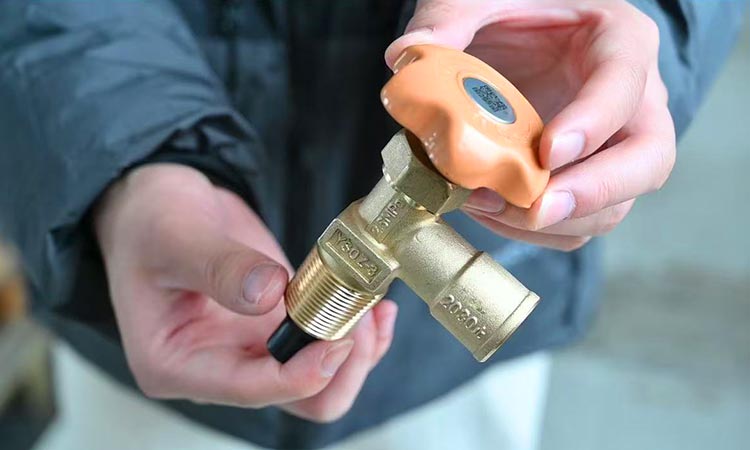Cylinder valves are critical components in gas storage and delivery systems. During use, however, certain common faults may occur, most notably gas leakage and idle rotation of the valve stem. Understanding these issues and their causes is essential for ensuring safe and reliable operation.
1. Gas Leakage
Gas leakage is the most frequent fault in cylinder valves, typically appearing in the following areas:
Side outlet of the valve:
Leakage at this point is often caused by granular impurities between the valve core and its seat, or by wear of the sealing surface.
Valve stem hole:
This occurs more frequently in valves without threaded stems. The root cause is insufficient compression of the lower stem ridge against the sealing gasket inside the gland nut.
2. Idle Rotation of the Valve Stem
Idle or“free” rotation happens when the valve stem no longer engages effectively. This is usually due to:
Wear of the square fitting between the stem and sleeve, or
Fracture of the drive plate.
In either case, the operator loses proper control of valve opening and closing.
3. Frost Formation During Rapid Gas Release
When gas is discharged quickly, the rapid expansion absorbs large amounts of heat, causing the valve outlet temperature to drop sharply. As a result, moisture in the surrounding air can condense and freeze on the valve outlet.
Recommended actions:
Pause gas use temporarily and allow the frost to melt naturally.
Resume operation at a slower discharge rate to prevent further icing.
Do not use open flames or steam to remove the frost.
4. Valve Freezing in Cold Weather
In winter, if gas quality is poor and contains residual moisture, ice may form at the valve core, preventing the valve from opening.
Safe methods:
Move the cylinder into a warmer room.
Rinse the valve area gently with warm water (below 40 °C).
Open the valve slowly after thawing.
Unsafe practices to avoid:
Do not use open flames or steam to heat the valve.
Do not force the valve open with excessive torque.
Avoid striking or applying violent force, as this may cause accidents.
Conclusion
Cylinder valve faults such as leakage, idle stem rotation, or freezing can pose serious safety risks if not handled properly. By maintaining cleanliness, preventing moisture contamination, and applying the correct thawing and operating methods, users can ensure safer and more reliable performance of gas cylinders in both industrial and laboratory settings.

